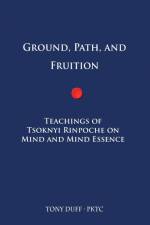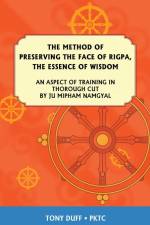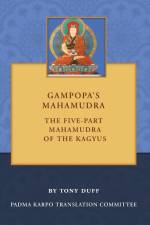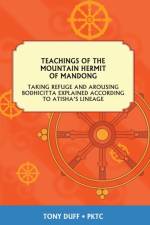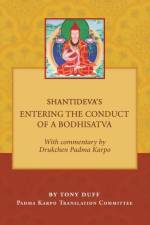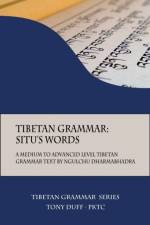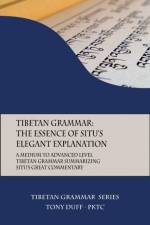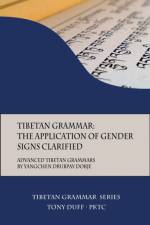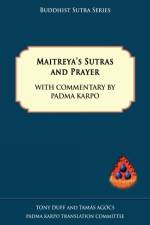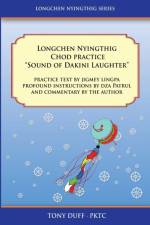von Tony Duff
37,00 €
The primary purpose of this book is to make the prayer called "The Prayer of Threefold Ground, Path, and Fruition" available in English for practitioners of the Dzogchen teaching. The Prayer came into this world through what is called the Longchen Nyingthig tradition of the Dzogchen teaching. As is explained extensively in the very long and comprehensive introduction to the book, Longchen Nyingthig is the name for one of several transmissions of the most profound level of Dzogchen teaching that appeared in Tibet.In Tibet, daily recitation of the Prayer is an essential part of the practice of those who follow the Longchen Nyingthig tradition of the Dzogchen teachings. More than that though, it is such an amazing presentation of the most profound level of Dzogchen teaching that it is widely used by Dzogchen practitioners in general. With that in mind, this book was produced so that all English-speaking practitioners of the Dzogchen teaching would have full access to the prayer.The prayer is very condensed. It contains, in just nine four-line verses, the whole meaning of profound Dzogchen as understood by Longchen Rabjam. Because of that, even those who know the Dzogchen teaching will find it hard to comprehend the full import of the prayer. Therefore, this book starts with the prayer, then has an outline of the meaning of the verses of the prayer, followed by a short commentary and then a long commentary to the prayer. For many people the brief outline and short commentary will be sufficient to enable them to recite the prayer in a meaningful way. For others who need a very detailed explanation of the prayer, the longer commentary will provide that.It does have to be noted that the longer commentary not only gives a more detailed explanation of the prayer but a significantly more profound one as well. That is because the longer commentary extensively shows how both of the practices of the most profound level of Dzogchen teaching-Thorough Cut and Direct Crossing-are set forth in the prayer, whereas the shorter commentary only shows the meaning of the prayer in relation to Thorough Cut.The longer commentary has a further advantage. It goes through the meaning of the prayer in such depth that it becomes a complete teaching in its own right on the system of Dzogchen coming to us from the extraordinary master of those teachings, Longchenpa. As a result, it should be a teaching of great interest to all Dzogchen practitioners, quite aside from its intended function as a commentary on the prayer.The book contains the following texts:The Prayer of Threefold Ground, Path, and Fruition by Jigmey LingpaOutline of the Prayer of Threefold Ground, Path, and Fruition by Yontan GyatsoShort Commentary to The Prayer of Threefold Ground, Path, and Fruition by Yontan Gyatso"The Authoritative Words of Samantabhadra" A Commentary that Clarifies the Meaning of the Longchen Nyingthig Prayer "Threefold Ground, Path, and Fruition" by Tshewang Chogdrub

